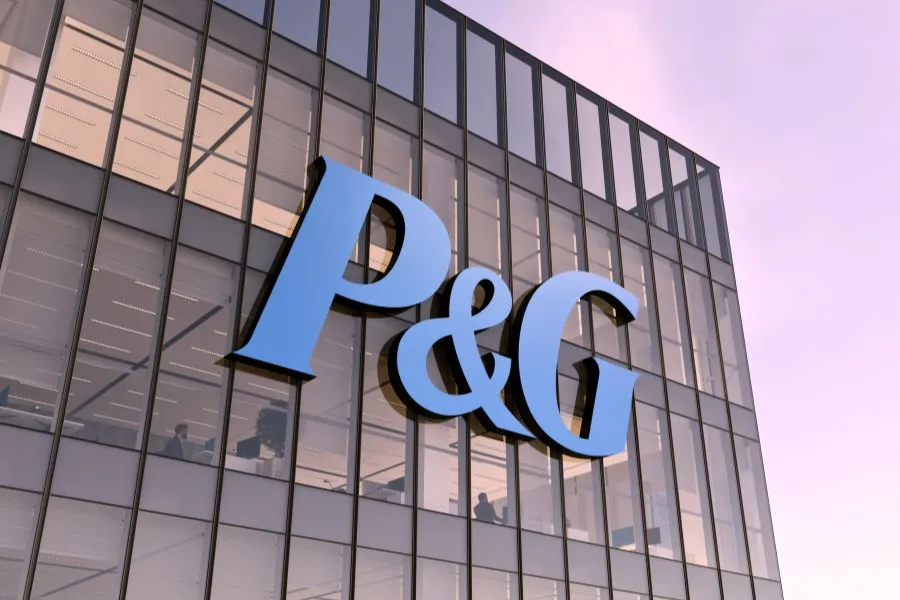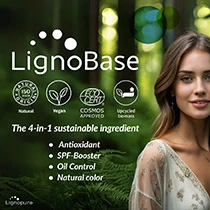Beauty segment drives P&G’s Q1 performance despite cost pressures
Key takeaways
- P&G delivered sales growth of 3% in Q1 2026, with Beauty leading at +6% organic sales.
- Higher pricing and innovation helped the company offset cost pressures and softer volumes in North America and Europe.
- Despite expecting around US$500 million in cost headwinds for the following year, P&G maintained its guidance.

Procter & Gamble (P&G) has posted Q1 2026 net sales of US$22.4 billion, representing a 3% increase compared to last year. Beauty was the company’s strongest growth contributor.
The division saw a 6% organic sales expansion, driven by product innovation and premium offerings. Higher pricing in hair care and skin care in North America and Europe played a key role in the division’s performance.
“These results keep us on track to deliver within our guidance ranges on all key financial metrics for the fiscal year in a challenging consumer and geopolitical environment,” says Jon Moeller, CEO of P&G.
The company expects cost inflation to remain a key pressure point throughout fiscal 2026. It forecasts roughly US$100 million in after-tax commodity headwinds and around US$400 million in tariff-related costs, which together are expected to weigh on earnings.
Despite posting higher operating costs and forecasting tariff troubles, P&G maintains its full-year guidance.
The company aims for 1% to 5% sales growth. Executives emphasize the company will continue investing in innovation and demand creation to support sustainable category growth.
“We remain committed to our integrated growth strategy of a focused product portfolio of daily use categories where performance drives brand choice, superiority … productivity, constructive disruption, and an agile and accountable organization,” says Moeller.
Shifting volume and demand
P&G’s Grooming division delivered 3% organic sales growth. The company attributes the increase to new product upgrades that enabled higher pricing. Stronger volumes in key markets also helped to counter a shift in demand for lower-priced grooming products.
Other major segments, such as Health Care, Fabric and Home Care, and Baby, Feminine, and Family Care, delivered flat to low single-digit performance. In these divisions, gains from pricing actions were counterbalanced by softer volumes, especially in Europe.
P&G’s reported gross margin decreased by 70 basis points compared to last year. The company attributes the decline to higher commodity and tariff costs and increased product investment, which it says outweighed the benefits of productivity improvements and pricing.












